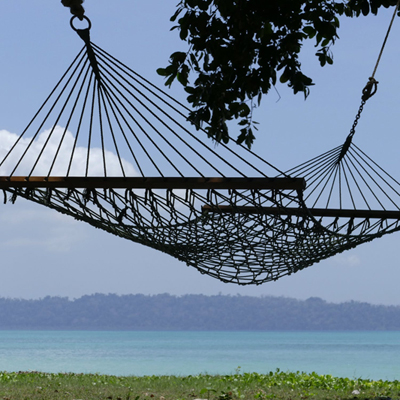Endangering Giraffes

Reading Target Level: 8
As you may know, there has been a serious problem facing giraffes in the Savannah Desert. Humans are overrunning the giraffes' natural habitat and if something is not done immediately, we can expect the population to enter extinction within five years.
As humans, it is difficult for us to realize that we are actually the cause of most maladies experienced by animals. Niger is home to the only giraffes in the world that still live in their natural habitat and not in nature preserves, are the Giraffa camelopardalis peralta. With no major predators and a population in good health, the giraffes are menaced by human activity consisting of road accidents, habitat clearing, and poaching.
The obvious answer is to move the giraffe herds to another location, a wildlife preserve, or to a zoo. However, translocating the tall blondes is dangerous and costly. People must understand that giraffes are social creatures. They become very stressed when out in the wild alone. Further, herding them into a truck designed for transport can be a logistical nightmare. The volunteers must corral the giraffes into a cone-shaped path. In addition, they must construct walls made of tarp tall enough so that the giraffes cannot see over the top. If for some reason they can see over the top, they become spooked and stress. Too much stress can kill the gentle giant.
Another way to save the giraffes is to educate the human population so that they will be more aware of the land they must share with the animals. They cannot be careless when driving down the roads and they cannot view the giraffes as a nuisance when they get into their gardens. This seems to be the least costly solution to the problem. However, no one truly knows if it will work.
Lynn Sherr, the award-winning correspondent for ABC TV's 20/20 news magazine, has created an interesting documentary depicting her assessment of the situation. The gravity demands that attention and action be taken without fail.
Note: This article is a portion of a PBL lesson that I recently created.
As you may know, there has been a serious problem facing giraffes in the Savannah Desert. Humans are overrunning the giraffes' natural habitat and if something is not done immediately, we can expect the population to enter extinction within five years.
As humans, it is difficult for us to realize that we are actually the cause of most maladies experienced by animals. Niger is home to the only giraffes in the world that still live in their natural habitat and not in nature preserves, are the Giraffa camelopardalis peralta. With no major predators and a population in good health, the giraffes are menaced by human activity consisting of road accidents, habitat clearing, and poaching.
The obvious answer is to move the giraffe herds to another location, a wildlife preserve, or to a zoo. However, translocating the tall blondes is dangerous and costly. People must understand that giraffes are social creatures. They become very stressed when out in the wild alone. Further, herding them into a truck designed for transport can be a logistical nightmare. The volunteers must corral the giraffes into a cone-shaped path. In addition, they must construct walls made of tarp tall enough so that the giraffes cannot see over the top. If for some reason they can see over the top, they become spooked and stress. Too much stress can kill the gentle giant.
Another way to save the giraffes is to educate the human population so that they will be more aware of the land they must share with the animals. They cannot be careless when driving down the roads and they cannot view the giraffes as a nuisance when they get into their gardens. This seems to be the least costly solution to the problem. However, no one truly knows if it will work.
Lynn Sherr, the award-winning correspondent for ABC TV's 20/20 news magazine, has created an interesting documentary depicting her assessment of the situation. The gravity demands that attention and action be taken without fail.
Note: This article is a portion of a PBL lesson that I recently created.
This site needs an editor - click to learn more!

Related Articles
Editor's Picks Articles
Top Ten Articles
Previous Features
Site Map
Content copyright © 2023 by Alice Rienzo. All rights reserved.
This content was written by Alice Rienzo. If you wish to use this content in any manner, you need written permission. Contact
BellaOnline Administration
for details.


